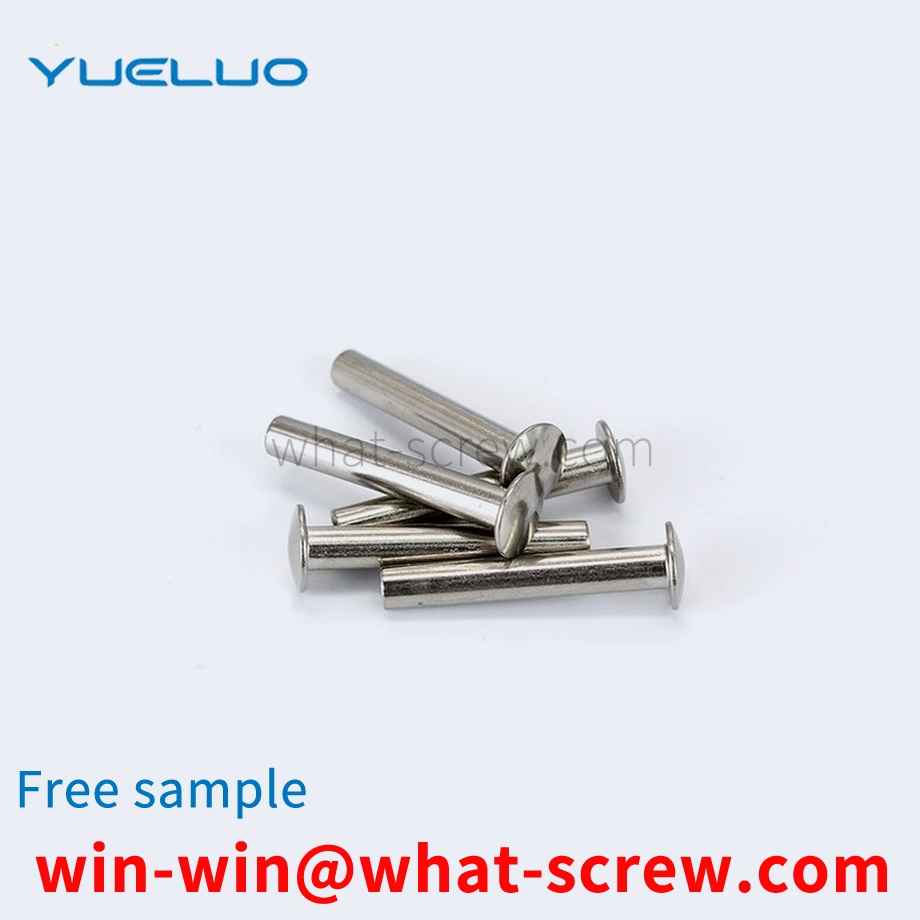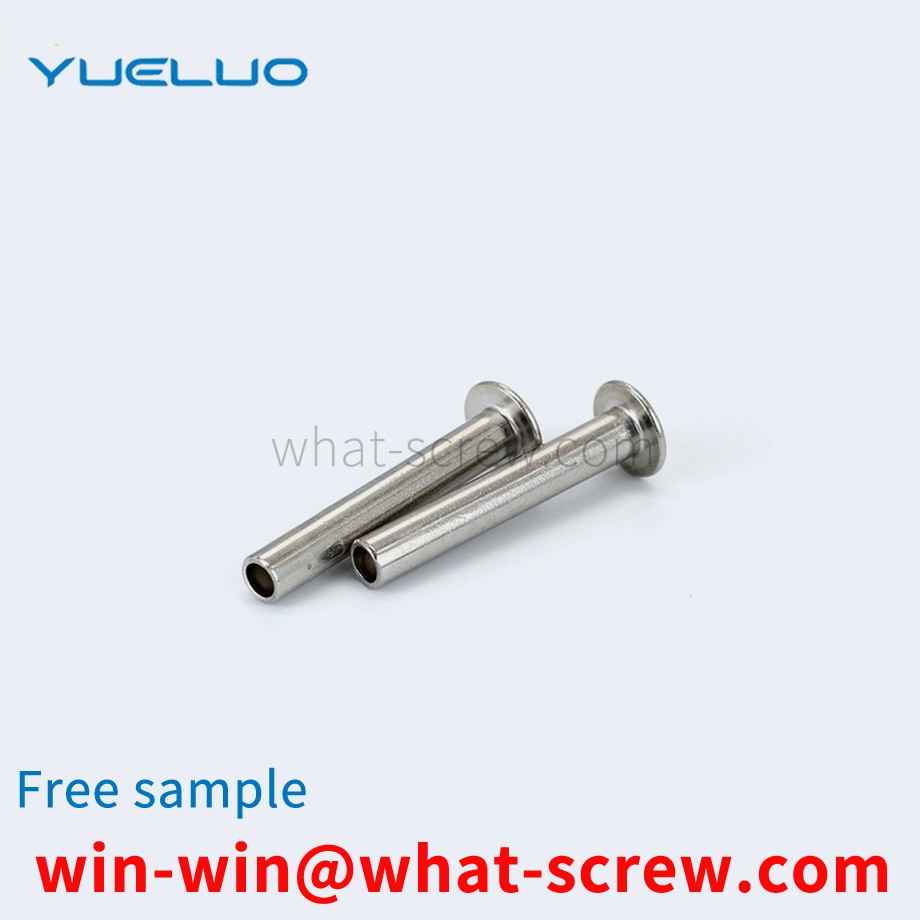Screws and bolts are common connecting fasteners. The diameter of the thread is as small as less than one millimeter and as large as several hundred millimeters or even larger. The vast majority of threaded connections are pre-tightened during assembly in order to enhance the rigidity, tightness, anti-loosening ability of the connection and prevent the sliding of the bolted connection under lateral load. The pre-tightening force is determined according to the force of the bolt group and the working requirements of the connection. For important threaded connections, the preload must be measured and controlled.
At present, there are many kinds of smart terminals on the market. Due to the reduction of the overall volume of the smart terminal and the more compact internal parts, the nuts are generally made of injection-molded nuts. The traditional injection-molded nuts are directly fixed on the equipment. During the process, it is easy to loosen and fall off, which greatly reduces the service life of the injection nut and brings inconvenience to the use of the mobile terminal.
Guangdong Yueluo Hardware Industry Co., Ltd. discloses a low-carbon steel rivet nut fastened to a thin-walled and thin-plate fastener. The rivet nut fastener is composed of a brim, a deformed skirt, and a threaded hole. Using low carbon steel cold extrusion, the brim is formed by cold heading, the deformed skirt is extruded in the concave die, and the thread hole of the nut tapping skirt is extruded at the lower end of the deformed skirt. It is characterized in that there are fish teeth under the brim; the outer side of the lower end of the threaded hole has a lead angle; the cross-section of the thread of the inner wall of the threaded hole is an isosceles trapezoid, and the upper bottom of the trapezoid is a concave solitary shape, and the fastener does not need to be welded. , Single-sided riveting, easy operation and firm connection.
The first person to describe the spiral was the Greek scientist Archimedes (c. 287 BC - 212 BC). An Archimedes screw is a huge spiral contained in a wooden cylinder that is used to irrigate fields by raising water from one level to another. The real inventor may not be Archimedes himself. Maybe he was just describing something that already existed. It may have been designed by the skilled craftsmen of ancient Egypt for irrigation on both sides of the Nile. In the Middle Ages, carpenters used wooden or metal nails to attach furniture to wooden structures. In the 16th century, nail makers began producing nails with a helical thread, which were used to connect things more securely. That's a small step from these kinds of nails to screws. Around 1550 AD, the metal nuts and bolts that first appeared in Europe as fasteners were all made by hand on a simple wooden lathe. Screwdrivers (screw chisels) appeared in London around 1780. Carpenters have found that tightening a screw with a screwdriver holds things in place better than hitting with a hammer, especially with fine-grained screws. In 1797, Maudsley invented the all-metal precision screw lathe in London. The following year, Wilkinson built a nut and bolt making machine in the United States. Both machines produce universal nuts and bolts. Screws were quite popular as fixings because an inexpensive method of production had been found at that time. In 1836, Henry M. Philips applied for a patent for a screw with a cross recessed head, which marked a major advance in screw base technology. Unlike traditional slotted head screws, Phillips head screws have the edge of the head of the Phillips head screw. This design makes the screwdriver self-centered and not easy to slip out, so it is very popular. Universal nuts and bolts can connect metal parts together, so by the 19th century, the wood used to make machines to build houses could be replaced by metal bolts and nuts. Now the function of the screw is mainly to connect the two workpieces together and play the role of fastening. The screw is used in general equipment, such as mobile phones, computers, automobiles, bicycles, various machine tools and equipment, and almost all machines. need to use screws. Screws are indispensable industrial necessities in daily life: extremely small screws used in cameras, glasses, clocks, electronics, etc.; general screws for televisions, electrical products, musical instruments, furniture, etc.
The quality of the combination screw should start with the screw wire of the combination screw manufacturer. The wire of the screw is the first hurdle to determine the quality of the combination screw. Even if the wire is not good, even if the production equipment is advanced and the staff is skilled, it is impossible to produce high-quality combination screws. In the second look at the quality of the combination screw products, from the overall aesthetics of the combination screw. A combined screw is formed, the size of the screw head, the superior appearance of the flat washer, whether the screw thread can pass the stop gauge, etc. These are all things that need to be detected. A good combination screw, its overall standard can meet the national standard requirements, or customer requirements. Finally, the quality of the combination screw product is seen from the color of the plating. Of course, the iron combination screw needs to be plated, but the stainless steel combination screw does not need it. Some of them are passivation at most, in order to increase the salt spray resistance of stainless steel combination screws. In the electroplating color of the combination screw, some of them are not well controlled, which will produce a great color difference. That doesn't look good.
We have many years of experience in the production and sales of screws, nuts, flat washers, etc. The main products are: snap-fit network cabinet cage floating nuts, wave-type elastic gaskets, external hexagon screws and bolts, riveting parts with a small outer diameter of 4.2 and other products, We can provide you with the right fastener solution for you.



















 Service Hotline
Service Hotline




